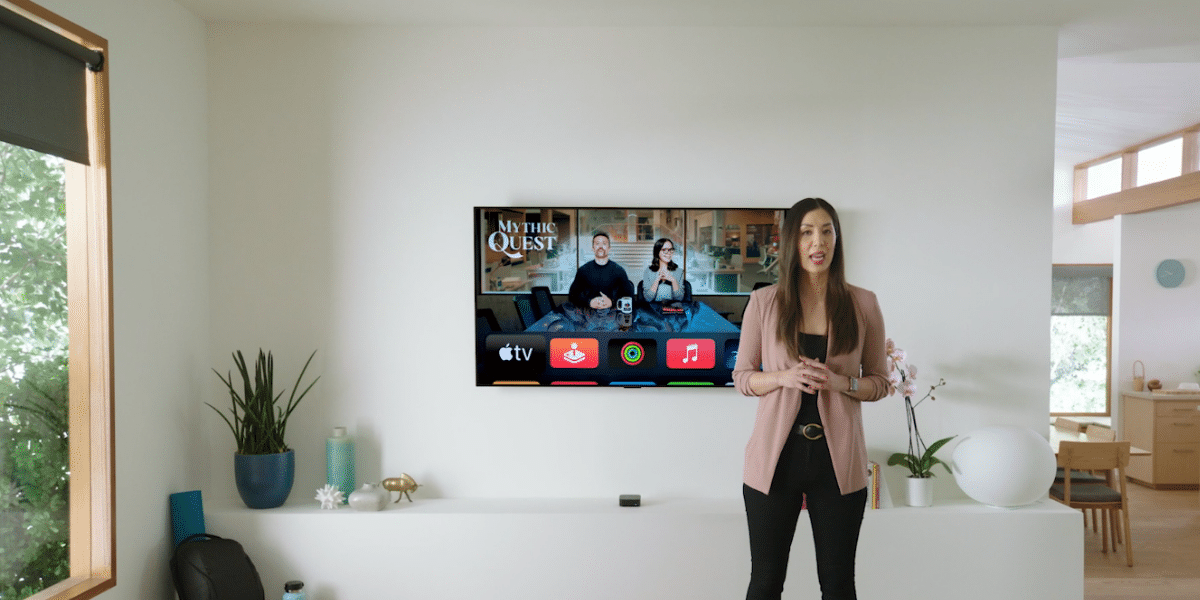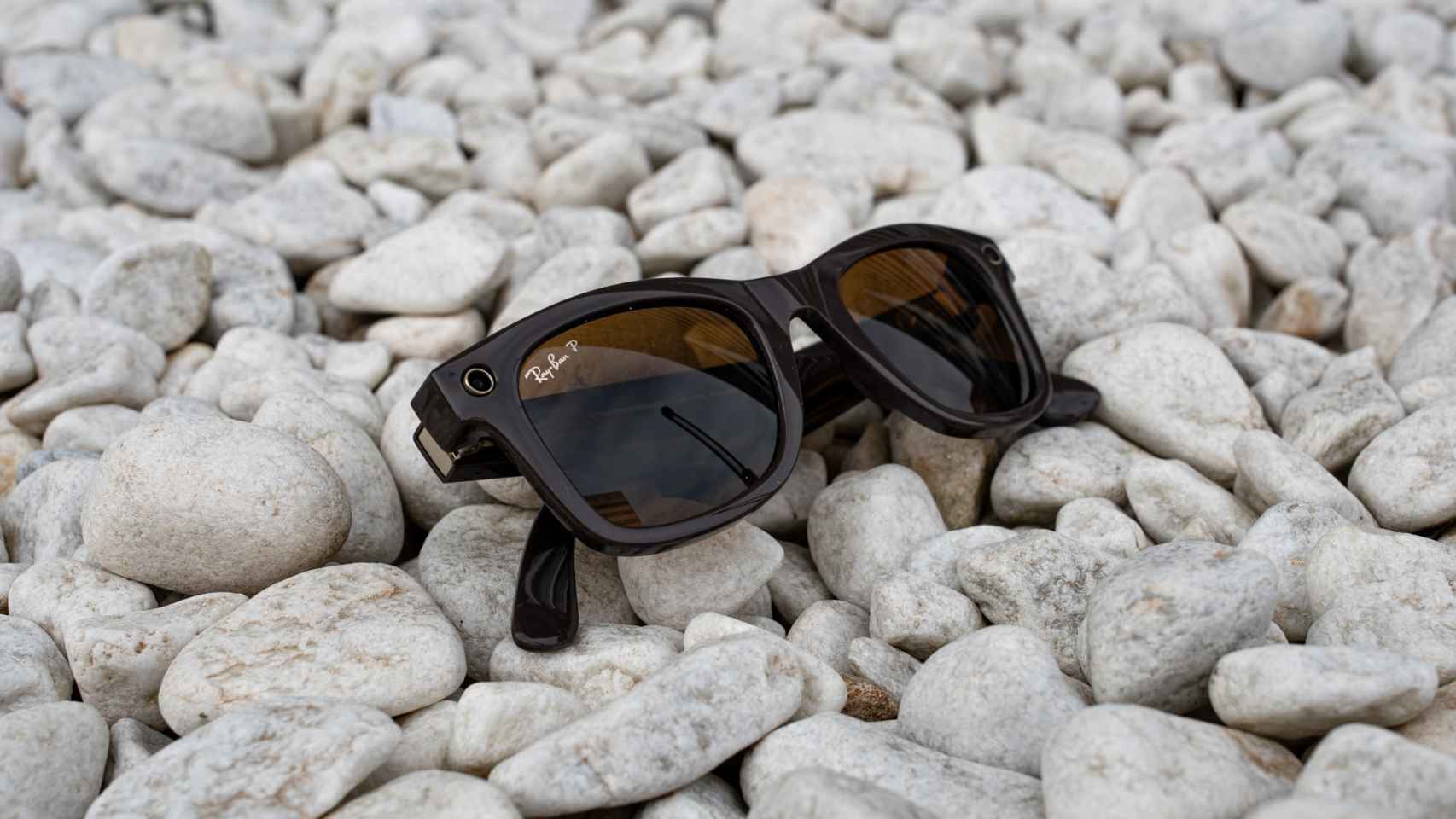Yesterday’s Apple keynote unveiled, among other things, the long-awaited new iPhones: the two iPhone 16 and iPhone 16 Plus and their two pro brothers, the iPhone 16 Pro and iPhone 16 Pro Max. This year, the changes compared to the iPhone 15 have not been too radical, so much so that one of its main novelties is a button for the camera.
All iPhone 16 have Camera control, a capacitive button that, among other things, can be used as a shutter release for the camera and has functions to bring horizontal photos back into fashion. It’s more modern, but the concept Reminds me of the camera button on my Sony Xperia Mini Pro from 2011 and many other cell phones of the time.
Buttons are back in fashion
Apple launched its iPhone with one big button for everything, the power button, volume buttons and the Do Not Disturb switch all in one Early Android phones had countless buttons
Then the iPhoneThe buttons had their days numbered. It didn’t take long for the concepts of buttonless (and portless) mobile phones to emerge and it seemed clear that the future would bring us buttonless mobile phones.
Some people raised their hands when we learned that the iPhone 15 would not have a mute lever, but the surprise was that the switch was replaced by an additional button, the action buttoncustomizable. It’s no longer a button to put your phone on silent, but for many other things.
The trend towards removing buttons seems to have changed since Apple introduced the action button on the iPhone 15
NOW In iPhone 16, a new button has developed on the iPhonealso with a catchy name, Camera Control. It is somewhat different from the other buttons in that it visually resembles a fingerprint reader, but it is a capacitive button that supports different types of pressure and swipe.


The iPhone 16 has more buttons than ever
The function of this new button is mainly to be able to use it as a camera shutteradmitting two levels of pressure to emulate the triggering of a camera. However, it does much more than just filming and we can also use it as a shortcut to open the camera, a quick way to record videos and adjust some photo settings by sliding your finger on the button and without having to touch the screen.
The idea is good, although it can hardly be called new.. After all, cell phones with a dedicated button to open the camera and/or take pictures have been around for many, many years. Without going any further, I had it on my first Android phone, the Sony Xperia Mini Pro. That’s a phone from 2011, 13 years ago.


The Sony Xperia Mini Pro from 2011
We’re talking about the days of Android 2.3 and 512MB of RAM, so obviously it didn’t do stuff like auto-lock focus and exposure, but the principle was the same: be able to take pictures quickly with a physical buttonwithout having to manipulate the touch screen in the process.
And there is no need to go back that far in time, because Android phones continue to launch with a camera button. Yes, they are very few and yes, they are more the exception than the rule, but we still have a dedicated camera button, for example on this year’s Sony Xperia 1 VI, and it’s even located in a very similar place to the Apple camera control.


The Sony Xperia 1 VI of 2024
Once again, Apple recycled an existing idea and improved itthus moving further and further away from the concept of mobile phones without buttons or ports. It turns out that physical buttons were not as useless as they thought. It took Apple more than ten years to realize this. On Android, we already knew this.
In Xataka Android | I am an Android user and for the first time I am looking forward to the new iPhone 16. This is the reason









